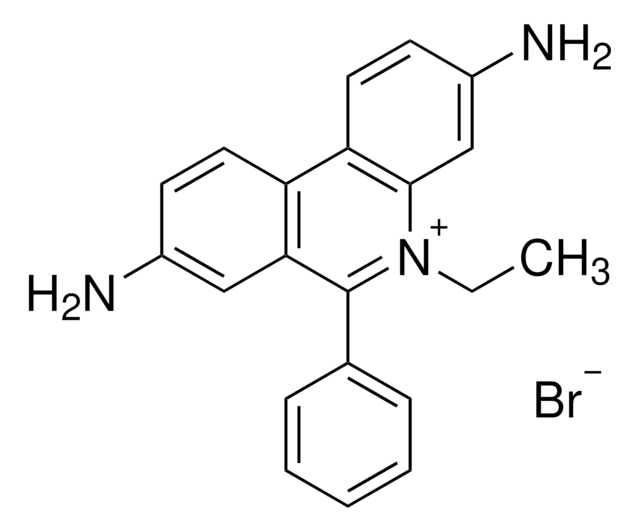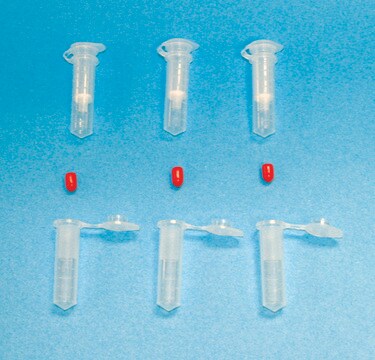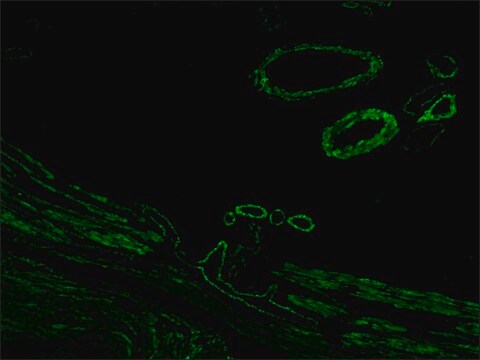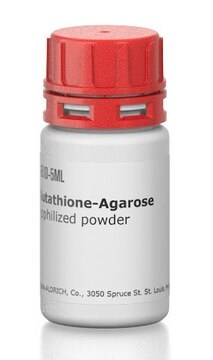Key Documents
S6814
SynaptoGreen™ C4
≥95% purity (HPLC), solid
Synonim(y):
FM1-43, N-(3-triethylammoniumpropyl) -4-(4-(dibutylamino)styryl) pyridinium dibromide, Pyridinium, 4-[2-[4-(dibutylamino)phenyl]ethenyl]- 1-[3-(triethylammonio)propyl]- , dibromide
About This Item
Polecane produkty
product name
SynaptoGreen™ C4, ≥95% (HPLC), solid
Poziom jakości
Próba
≥95% (HPLC)
Postać
solid
kolor
dark red
rozpuszczalność
DMSO: soluble
H2O: soluble
εmax
≥50000 at 507-513 nm in methanol
Zastosowanie
diagnostic assay manufacturing
hematology
histology
temp. przechowywania
−20°C
ciąg SMILES
[Br-].[Br-].CCCCN(CCCC)c1ccc(\C=C\c2cc[n+](CCC[N+](CC)(CC)CC)cc2)cc1
InChI
1S/C30H49N3.2BrH/c1-6-11-23-32(24-12-7-2)30-18-16-28(17-19-30)14-15-29-20-25-31(26-21-29)22-13-27-33(8-3,9-4)10-5;;/h14-21,25-26H,6-13,22-24,27H2,1-5H3;2*1H/q+2;;/p-2
Klucz InChI
VZUVCAGXYLMFEC-UHFFFAOYSA-L
Powiązane kategorie
Opis ogólny
Zastosowanie
Działania biochem./fizjol.
Inne uwagi
Informacje prawne
Kod klasy składowania
11 - Combustible Solids
Klasa zagrożenia wodnego (WGK)
WGK 3
Temperatura zapłonu (°F)
Not applicable
Temperatura zapłonu (°C)
Not applicable
Środki ochrony indywidualnej
Eyeshields, Gloves, type N95 (US)
Wybierz jedną z najnowszych wersji:
Masz już ten produkt?
Dokumenty związane z niedawno zakupionymi produktami zostały zamieszczone w Bibliotece dokumentów.
Nasz zespół naukowców ma doświadczenie we wszystkich obszarach badań, w tym w naukach przyrodniczych, materiałoznawstwie, syntezie chemicznej, chromatografii, analityce i wielu innych dziedzinach.
Skontaktuj się z zespołem ds. pomocy technicznej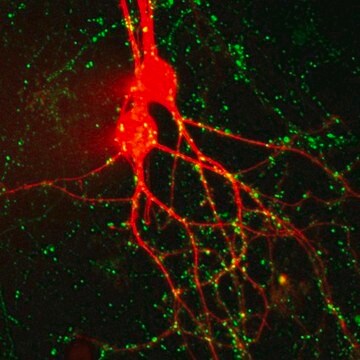
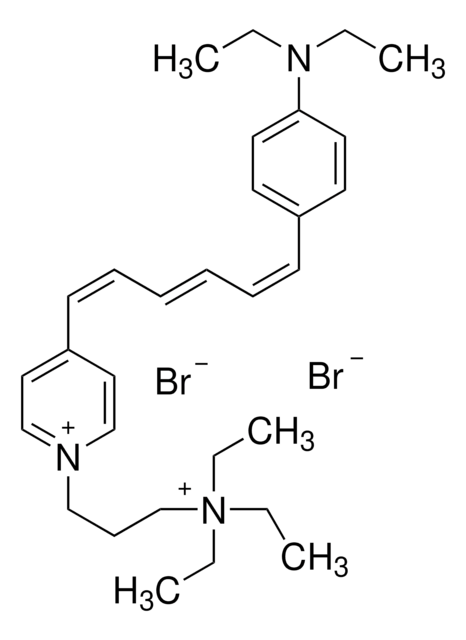
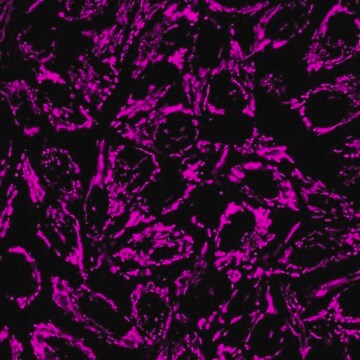
![2-[4-(Dimethylamino)styryl]-1-ethylpyridinium iodide ≥99% (HPLC), solid](/deepweb/assets/sigmaaldrich/product/structures/352/365/080860c7-fc55-4914-8b9b-0c52847035cb/640/080860c7-fc55-4914-8b9b-0c52847035cb.png)
